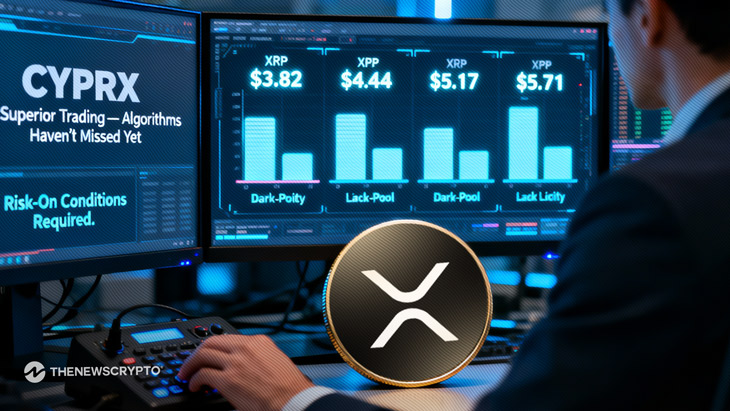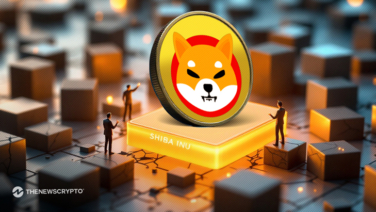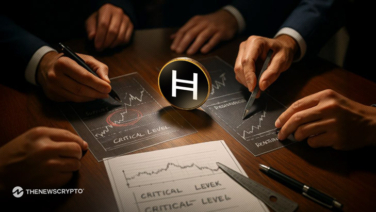- XRP Ledger shows no activity change after ISO 20022 activation goes live
- Industry analyst confirms ISO 20022 does not require XRP for settlements
- XRPL transaction rate stays at 22 TPS despite years of community hype
The XRP community has watched as ISO 20022 officially activated, marking the end of SWIFT’s legacy messaging system. Industry observers noted that XRP Ledger activity remained flat despite years of speculation linking the standard to XRP adoption.
On November 22, SWIFT completed its transition to ISO 20022, ending the coexistence period with older MT message formats. Financial institutions worldwide now use the new standard for cross-border payment instructions. However, the activation did not trigger any change in XRPL usage.
XRPL Activity Remains Unchanged After ISO 20022 Launch
XRPL validator and developer Vet confirmed that transaction throughput stayed around 22 transactions per second following the activation. The data shows no spike in ledger activity or liquidity flows tied to the messaging standard’s launch.
Matt Hamilton, a former Ripple developer, addressed the situation on X. He stated that the activation finally puts to rest years of misconceptions about XRP’s connection to ISO 20022. Hamilton noted that those who promoted the narrative will likely shift to new theories.
ISO 20022 Functions Separately From Crypto Assets
ISO 20022 operates as a messaging protocol for financial institutions, not as a settlement layer for digital assets. The standard allows banks to exchange richer payment data with better compliance tracking and automation capabilities.
Ripple’s CTO has previously clarified that XRP has no built-in connection to ISO 20022. The two systems work on different layers of the payment infrastructure. Any digital asset can potentially work alongside ISO 20022 compliant systems, but the standard does not mandate cryptocurrency use.
The transition affects how banks format and send payment instructions. SWIFT advised members to avoid sending messages during the cutover period to prevent processing errors. The upgrade improves global banking infrastructure but does not automatically drive demand for any specific digital asset.
XRPL continues to develop based on its own technical capabilities and ecosystem growth rather than external banking standards.
The ISO 20022 activation shows that earlier predictions about automatic institutional XRP adoption were based on misunderstandings of how the standard functions.








